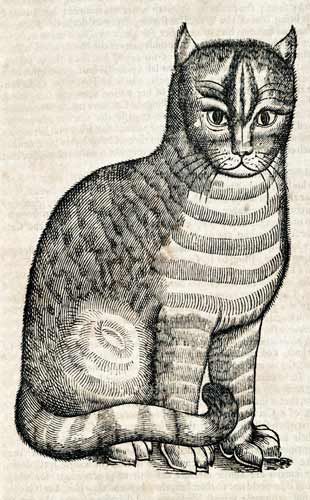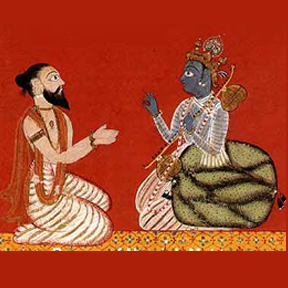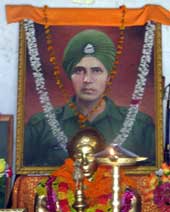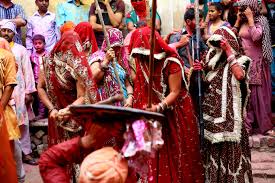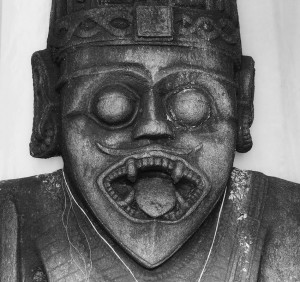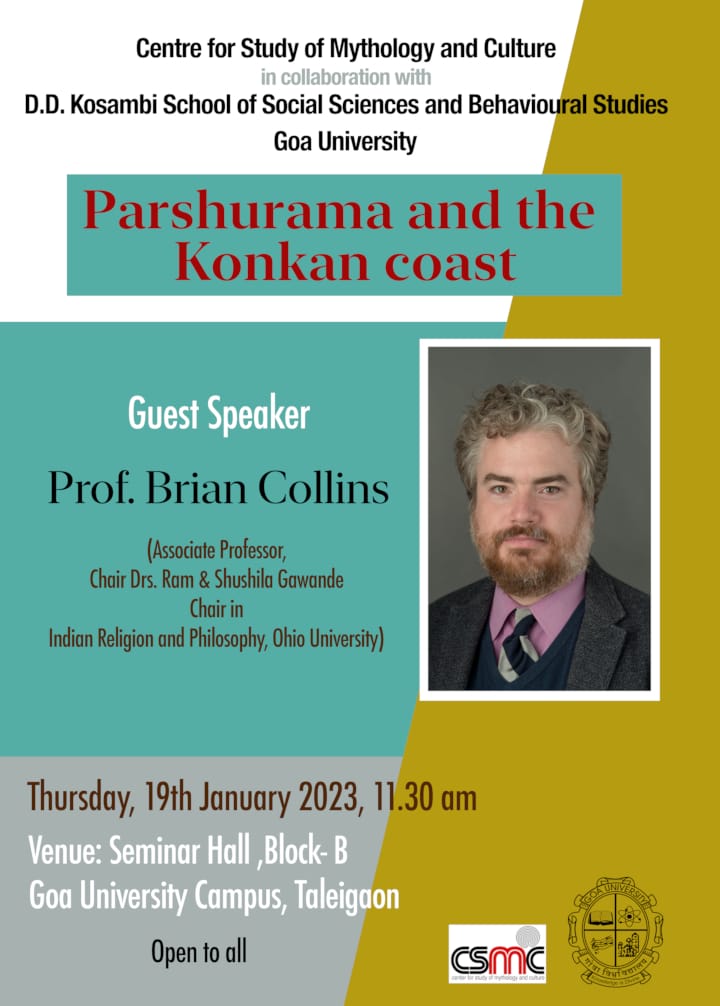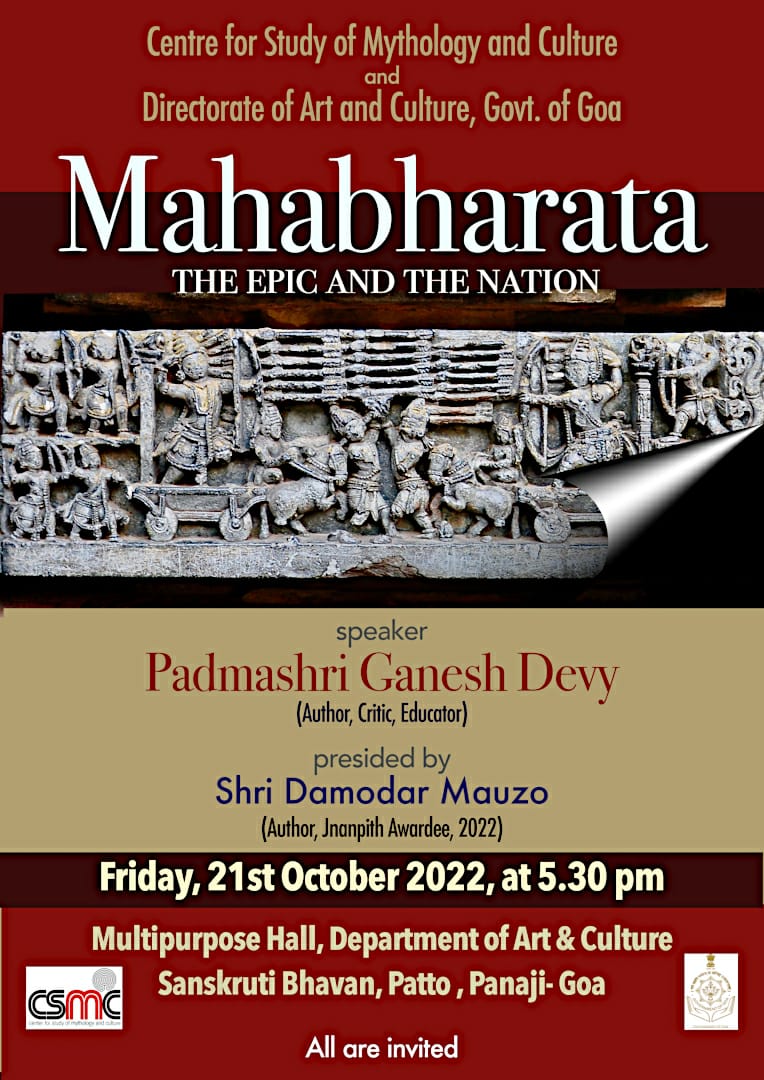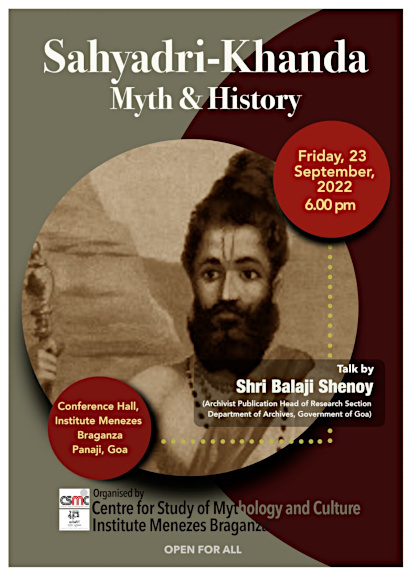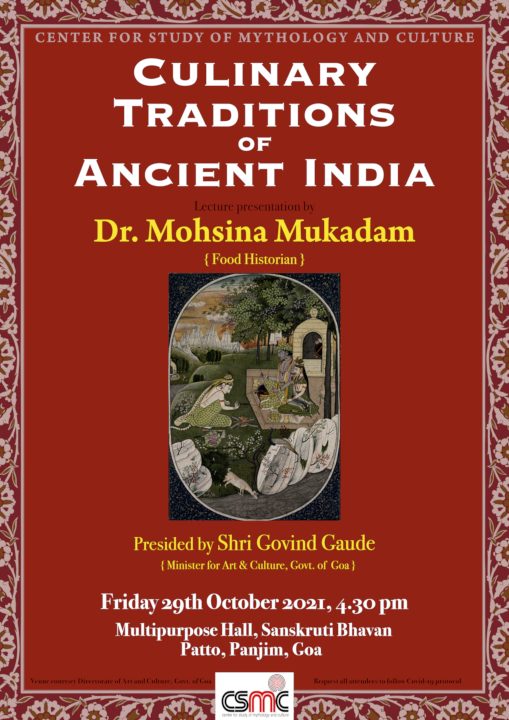The last couple of years have been depressing for all of us who don’t relish being divided and manipulated by people who make a fetish of their racial/cultural purity and aggressively celebrate that purity/exclusivity to the point of causing harm and damage to those they see as the “lesser others”. It’s happening in the US with The Trump promising to “beat” all outsiders, it’s happening in Europe with the rise of far right-wing parties and it is also happening in our country with alarming regularity.
Every time I read these accounts, I am amazed how these demagogues of different affiliations fail to learn from the history of human society — not the history of wars, nor of major political significance, but the stories that make up the humdrum nitty-gritties of ordinary lives.
One only has to look back at myths and rituals across societies to realise that at the point of “end-use” or daily living if you like, we the people have always been syncretic. We borrow stories and heroes and symbols from our neighbours, whoever they may be, mixing tales and rites to cook up a rich medley that can inform our humdrum lives with meaning and serve our fears and insecurities with the comforting blanket of myths and legends.
Two myth and ritual examples from Bengal bear testimony to this “grassroots syncretism”. Both illustrate that when common people are faced with grave risk to life and livelihood, when visceral, gut-wrenching fear seizes the human spirit, we forget our faith-labels. We are united in the same primal urge to be safe and to secure our loved ones. Thus when the villagers of 18th and 19th century Bengal, whether Hindus or Muslims, grappled with the ever-present menace of snakes, both turned to the snake goddess Manasa and propitiated her with common rituals. In parts of East Bengal (now Bangladesh), boat races with songs that extoll the powers of Manasa as well as celebrate the love of Behula-Lokhindor were very popular among the boat-people in the riverine districts. Hindus and Muslims participated in these boat-racing ceremonies during the rainy season when the snakes are at their most threatening. In fact, P K Maity writes in his definitive socio-cultural study on the cult of Manasa that post 1947 many of the boat racing songs in and around Sylhet took on a more pronounced Islamic character as the overwhelming majority of the boatmen who had stayed back were Muslims.
Just as Manasa worship (still practiced in many parts of Bengal) shows how common people can be united in adapting and adopting rituals in the face of a common threat, the legend of Bonbibi in the Sunderbans takes this syncretic impulse even further. This mangrove-covered delta is full of physical dangers but none more fearful than the great Royal Bengal Tiger. In this land of impenetrable forests and treacherous riverine tracts, it is no wonder then that the people who tried to eke out a living – the honey trappers and wood cutters — were united in their awe of the powerful beast that prowled the mangroves.
From their encounters, from the battle for survival between Man and untamed Nature was born the myth of Bonbibi. She is the protector of the people who took on the evil Dokhin Rai and his tiger-army. To the villagers on the fringes of the forest, to the honey-collector and the fisherman, it did not matter whether it was Allah or Durga who was supposed to nourish their spirit with the elixir of true faith. What they needed was an immediate source of security, someone they could access without intermediaries and some symbols that could be of immediate relevance to both the communities. Bonbibi was the answer to their needs; similar to many mother protectors in the Hindu pantheon but her origin can be traced to Medina and a Sufi fakir, both Islamic in character!
Bonbibi is then “imported” from the Holy Land of the Muslims to this piece of Bengal and her mission is to protect all the inhabitants there, both Hindus and Muslims. Bonbibi accompanied by her twin brother, Shah Jongoli , restores a new order in the land after her battle with Dokhin Rai, clearly demarcating the extent of Dokhin Rai’s authority( untamed Nature) as well as defining the limits of what men(irrespective of faith and origin) can access and extract from that great forest. From all the accounts of the Bonbibi “palas”(local theatrical performances), it is not clear to me, at least, whether Dukhey, the young boy in whose defence Bonbibi fights the final epic battle is Hindu or Muslim. But the beauty of this Sunderbans legend is that this detail is immaterial!
The tale of Bonbibi, Dokhin Rai, Dukhey may not be as ancient as other world myths, but the purpose is certainly “mythic’. It is the story of how Man must co-exist with Nature, how we must respect the powers of Nature and the eternal hope of Man that the weak and disenfranchised (Dukhey) can triumph over the greedy and wealthy (Dhona) as there will always be the Divine Protectors who will uphold the righteous. But what adds to the significance of this archetypical myth are the elements that make it transcend the narrow boundaries of any one faith, that make it possible for people from either faith to claim it as their own and celebrate it even today in 21st century through many re-tellings and ritual enactments!
This then is what grassroots syncretism is all about — in the defining moments of birth and death, in the defining principles of how we will manage our symbiotic relationship with Nature, we are united in our strengths as well as our vulnerabilities. If only, we remembered it and nurtured this more, we would leave this world a better place for the coming generations.







